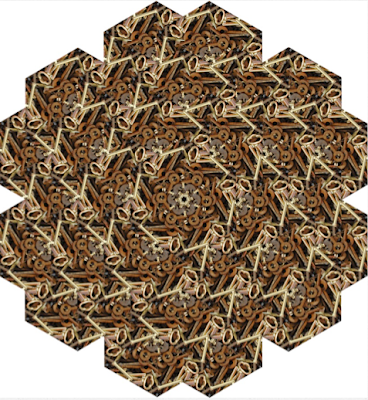SARAH ANGOLD
As a London based designer, she creates simply stunning jewellery and pendant lights made from laser cut Perspex. We have similar interests; geometry, repetition and materials.
TOM DIXON
Experiments with mathematics and geometry using an irregular pentagon shape repeated 60 times to create a sphere. ETCH WEB is a vast 65cm wide shade made from stainless steel, with an unusual open structure, designed to cast atmospheric angular shadows when lit.
A different material and a different design concept using geometry - I find this beautifully simple.
JAMES BARTLETT
Bartlett, as a London based 3D designer, created the collection Portland through his desire to change perceptions about concrete. The design mixes the matt tones of cast grey concrete exterior with bright spring like colours on its interior. Its pentagonal jewel-like shape is designed to work well in groups, in clusters, lines or patterns.
Sheet metal have the same characteristics as paper when it comes to folding. Dahlen has created an original tessellated pattern and forms lampshades that reflects the light downwards with a light coloured by the golden brass.
The metal is cut with photo-etching, which also cuts halfway through the sheet to create the creases for the folding. A different pattern is used for each side of the sheet to allow the metal to fold in the desired direction.
ALLISON PATRICK
These pendant lamps were created by an architecture graduate Allison Patrick, based in New York. She constructs these lamp shades from hundreds of folded paper fortune tellers formed around a pre-existing paper lantern.










































